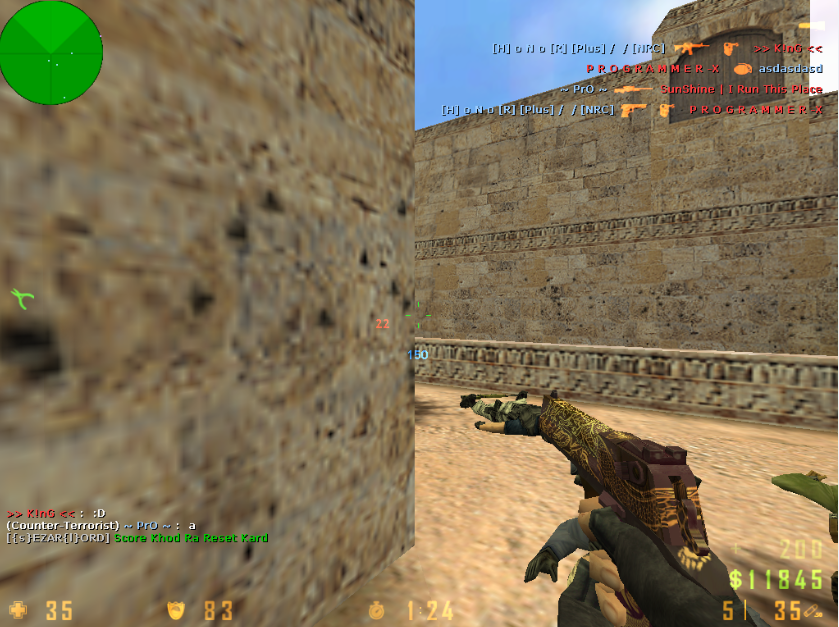


Initially, the game was criticized for imbalanced gameplay, poor mechanics and bugs. The release of Counter-Strike: Global Offensive (CS:GO) in 2012 reunited the competitive community of Counter-Strike, ushering in a new era of esports relevance for the franchise. This was in part due to the fractured competitive scene, but also due to the newcomer MOBA genre overcoming Counter-Strike's previous stranglehold on the team-based esport market. Counter-Strike esports gradually decreased in popularity during the late 2000s and early 2010s. Valve, sponsors, and tournament organizers were advocating for the newer CS:S to be played at tournaments, but the large majority of professional CS players refused to play it due to its perceived shortcomings. This caused a divide in the competitive community as to which game to play competitively. The game was criticized by the competitive community, who believed the game's skill ceiling was significantly lower than that of CS 1.6. The first official sequel was Counter-Strike: Source (CS:S), released on November 1, 2004.

The Counter-Strike Xbox release had limited success as compared to that of Halo and Call of Duty. Valve struggled to iterate and evolve on CS 1.6 because of its high skill ceiling and gameplay. The years of 2002-07 are considered Counter-Strike's first Golden Age, as the game's popularity and market-share eclipsed all others in the fledgling esports industry. These tournaments continued for four years. CPL ceased operation in 2008, but another league, ESL, then added Counter-Strike to its Intel Extreme Masters (IEM) series. These, along with the bi-annual CPL tournaments, were the dominant Majors of CS 1.6 through 2007. In 2002, the World Cyber Games became the next tournament to host competitive Counter-Strike, followed by the Electronic Sports World Cup in 2003. 2001 Winter CPL Counter-Strike tournament


 0 kommentar(er)
0 kommentar(er)
